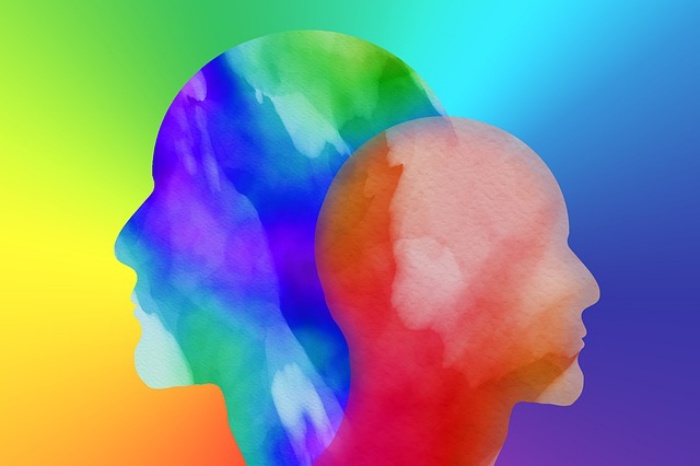
Color in politics, especially for political parties, has a way of sending a message even without any long speeches or catchy campaign slogans.
Investigative journalist Raissa Robles tweeted a video of people wearing yellow shirts in Malaysia and asked why yellow is their color of choice to signify protest.
In the Philippines, yellow is most commonly associated with the Liberal Party.
May I ask a question from the Philippines? Why is yellow the color of protest in Malaysia? Thanks. https://t.co/PqcJpGvaFL
— Raissa Robles (@raissawriter) May 10, 2018
— Anwar Ibrahim (@anwaribrahim) May 9, 2018
Yellow is the Malaysian sultan’s royal color and is associated with authority figures.
However, it was used as a color to support Anwar Ibrahim while he was the imprisoned leader of People’s Justice Party and the Pakatan Harapan (“Alliance of Hope”) coalition in Malaysia.
In the video, people wore yellow shirts with “Hope” written across the back. The video was originally shared by Ibrahim, who has just been elected as the next Malaysian prime minister and released from prison.
In the comments thread of Robles’ tweet, a user noted that yellow symbolizes the “color of the elite” in the Philippines, referring to the Aquino family and the Liberal Party.
Yellow was used as the color of protest during the 1986 People Power Revolution which deposed the late dictator Ferdinand Marcos.
Color in politics
Even though the meaning of yellow has taken a different turn in local politics, it is used as the official color of the Alliance of Liberals and Democrats for Europe, a political party active in the European Union.
Other liberal parties in Germany, Romania, Estonia, United Kingdom and some countries in South America also use yellow.
According to a paper by Western Oregon University, colors are often used to represent a political stance, a political ideology, or a position in the political spectrum.
“Red has historically been associated with socialism or communism,” it noted.
Blue is associated with conservative parties. Black is used for anarchism and fascism. Green is linked to environmentalism and Islamic parties. White pertains to pacifism and independent politicians. Yellow, as aforementioned, is used for liberalism.

Psychologist Carole Kanchier noted that colors affect people in a subconscious level. She said, “Colors can send positive or negative messages.”
Red is usually used by communists since it exudes power, energy, excitement and passion. “It makes peoples’ hearts beat faster,” Kanchier said.
Yellow is associated with happiness, freedom, optimism and mental concentration. It is also the color choice of most intellectuals.
Blue suggests authority, structure, dependability, trust and loyalty. According to her, people wear the color when they want to be respected and be perceived as a conservative.
White is used to convey strength, purity, neutrality and a well-balanced being.
Black represents power, discipline and mystery. Other times, it could also pertain to evilness.
Alan R. Ball, author of “Modern Politics and Movement,” believes that colors, slogans and symbols “give reality to abstractions and embody some aspect of the dominant political values such as the hammer and sickle emphasizing the unity of workers and peasants.”
Politicians use colors, slogans and symbols to enhance the image of their parties and evoke the messages they wanted to deliver.
//Corazon “Cory” Aquino. She bequeathed a yellow ribbon at the time of her burial. pic.twitter.com/VHzHdesRnP
— Noct (ノックート) @ゴ魔乙/CROSSINGFATE/タイムクラ4/タイクラ5/HOTD4 (@NoctsRanun) July 29, 2017
Emeritus Professor Marian Sawer of the Australian National University added that “political colors play an important role not only as visual symbols of the course, but also in the emotional life of social movements.”
Colors are able to sustain collective identities of politicians belonging to parties, especially when election season comes around. They are easily identified by the voting public since they are prominently associated with a color or a symbol.
The colors also represent their political beliefs that parallel the meaning of colors themselves. For example, Liberal Democrats use yellow for freedom, conservative parties use blue for structure and authority, and labor and Republican parties use red for power.
Color as a sign
The theory of semiotics can explain why people associate colors with concepts. Professor Louis Hébert of the University of Quebec at Rimouski gave an example of why people wear black on funerals. He said that the color signifies death in most cultures.
Black is also associated with mystery and power. Death is usually regarded as a mystery in various cultures.
In semiotics, there are signs that are defined as “something that is used in place of something else.” In the case of the color black, it is used to refer to death.
Death is the meaning of the color, which pertains to the signified. Semiotics dictates that black is the “sign” while death is the “signified,” or the meaning of the sign. — Art by Uela Badayos









